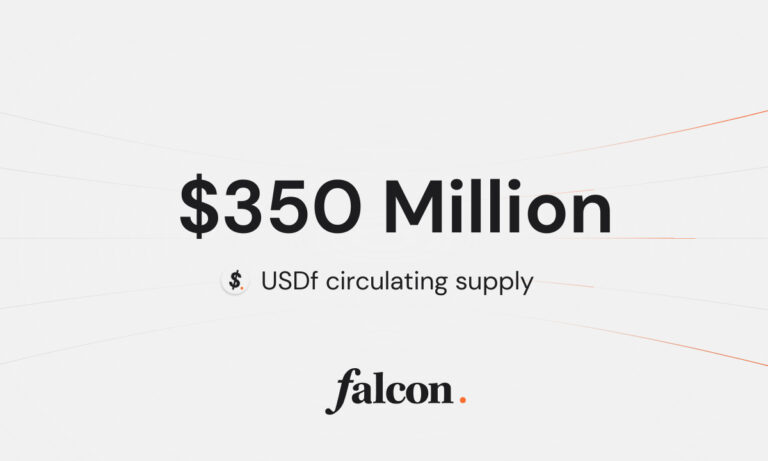The Rise of Central Bank Digital Currencies & Reassertion of State Control

The political economy of digital currencies has become a dynamic field shaped profoundly by the emergence of cryptocurrencies like Bitcoin and the proposals for stablecoins. These digital currencies challenge traditional state-controlled monetary systems by offering alternative transaction methods that can bypass governmental oversight and control. The proposed shift toward decentralization and reduced state monetary power has significant implications, prompting reactions from governments and financial authorities worldwide.
Central Bank Digital Currencies (CBDCs) are pivotal in this ongoing monetary counter-revolution. Positioned at the intersection of innovation and regulation, CBDCs are proposed by states as a means to reassert control over monetary systems. This response is not merely about introducing new technology but is a strategic endeavor to reclaim authority that the widespread adoption of private digital currencies could dilute. By incorporating retail and wholesale digital instruments that mimic the properties of cash and are accessible to the general public, CBDCs aim to balance the technological advancements seen in the private sector with the regulatory and fiscal responsibilities of the state.
Bitcoin’s Role in Redefining Monetary Sovereignty
To appreciate the transformative potential of CBDCs, it is crucial to understand the broader context of digital currencies, starting with Bitcoin. As the first and most well-known cryptocurrency, Bitcoin introduces several pivotal economic and political dynamics that mirror the challenges and opportunities posed by CBDCs.
Bitcoin has reshaped perceptions of monetary sovereignty by providing an alternative to traditional currency systems. Its decentralized nature enables users to evade government controls, presenting both opportunities and challenges. On one hand, Bitcoin can be seen as beneficial in regions where the rule of law is inconsistently applied, or monetary policy is detrimental to economic stability. On the other hand, Bitcoin’s ability to facilitate illegal activities, such as evading sanctions or funding criminal enterprises, undermines the rule of law. Additionally, Bitcoin’s volatility and the substantial energy consumption required for mining raise questions about its long-term viability as a stable monetary system.
The Emergence of Stablecoins and Regulatory Challenges
Beyond Bitcoin, the advent of stablecoins highlights further complexities in the digital currency landscape. An example is what happened to the now defunct Libra, later named Diem, a digital currency issued by Meta (formely Facebook) that was aimed at creating a privately issued currency backed by a basket of hard currencies issued by major central banks. This proposal brought forth significant skepticism from national treasuries and central banks, which viewed it as an infringement on their monetary prerogatives.The Diem Association has since announced the sale of its intellectual property and other assets related to the running of the Diem Payment Network to Silvergate Capital Corporation.
The “Treasury view” posits that for the state to protect the life and property of its citizens, it must maintain control over its monetary prerogatives. This includes the capacity to manage capital flows and provide liquidity as a lender of last resort. Stablecoins, by offering a new form of digital currency, threaten to undermine these prerogatives by enabling global, open, instant, and low-cost movement of money, potentially disrupting traditional financial systems.
CBDCs: A Strategic Reassertion
CBDCs represent a strategic response to the challenges posed by private digital currencies. By developing CBDCs, central banks aim to provide a digital payment instrument that is a direct liability of the state, thereby preserving monetary sovereignty. CBDCs can be designed as either account-based or token-based systems, with each model offering different advantages and challenges.
Account-based CBDCs would function as universal central bank accounts, extending access to online bank accounts directly with the central bank. This model could enhance financial inclusion and streamline payment systems. Token-based CBDCs, on the other hand, would mimic the properties of physical cash and could be used for anonymous transactions, similar to traditional cash.
Balancing Innovation and Fiscal Stability
The adoption of CBDCs also reflects broader fiscal considerations. Governments often rely on seigniorage – the profit made from issuing currency – and capital controls to manage economic stability. Bitcoin and other cryptocurrencies challenge these mechanisms by enabling capital flight and circumventing traditional monetary policies. As such, governments are likely to prioritize the development of CBDCs to maintain fiscal stability and control over their monetary systems.
Moreover, CBDCs could potentially enhance the efficiency of monetary policy implementation, particularly in times of economic crisis. For instance, during the COVID-19 pandemic, proposals for “Digital Dollars” and “FedAccounts” gained traction as tools to distribute stimulus payments more effectively and promote financial inclusion.
The Future of Banking and Monetary Policy
The implementation of CBDCs could have profound implications for the future of banking and monetary policy. By disintermediating commercial banks, CBDCs could shift the role of credit allocation and liquidity provision to the state. This transition could reduce the fragility associated with fractional reserve banking and enhance the efficiency of payment systems.
However, the move towards CBDCs also raises concerns about privacy, cybersecurity, and the potential for increased government surveillance. Balancing these risks with the benefits of digital currencies will be crucial in shaping the future monetary landscape.
In conclusion, the political economy of digital currencies is undergoing a significant transformation. Bitcoin and stablecoins have challenged traditional monetary systems, prompting governments to respond with the development of CBDCs. This strategic reassertion of state control over monetary systems aims to balance innovation with fiscal stability, shaping the future of banking and monetary policy in the digital age. As the landscape continues to evolve, the interplay between private digital currencies and state-backed CBDCs will be central to the ongoing debate over the future of money.





